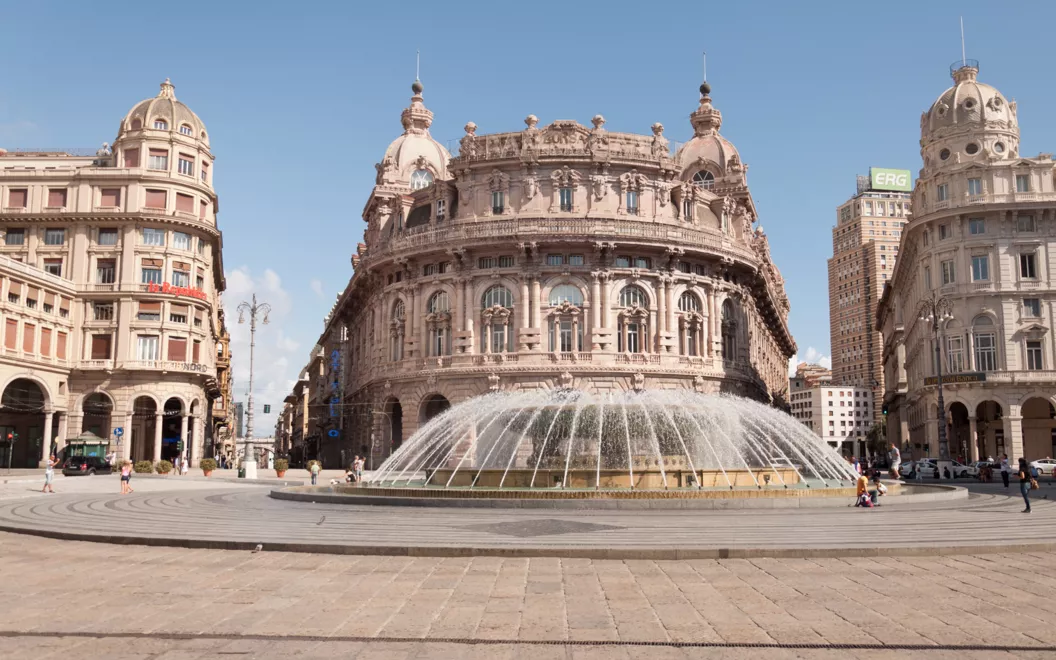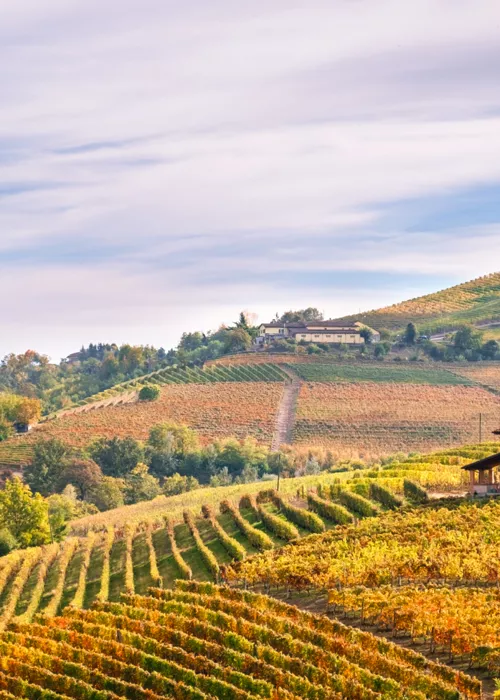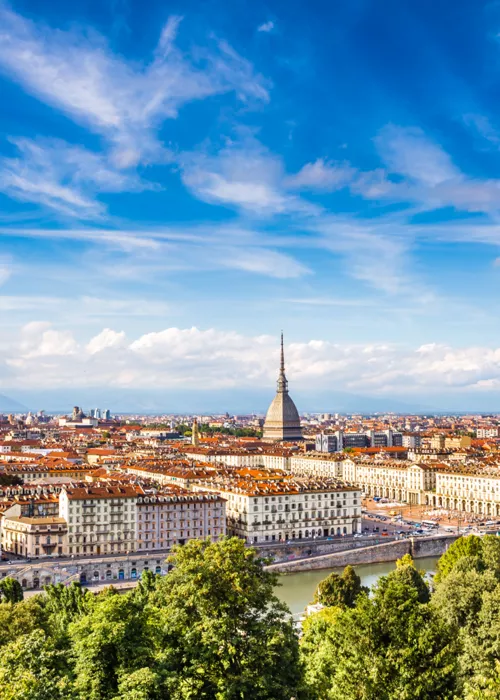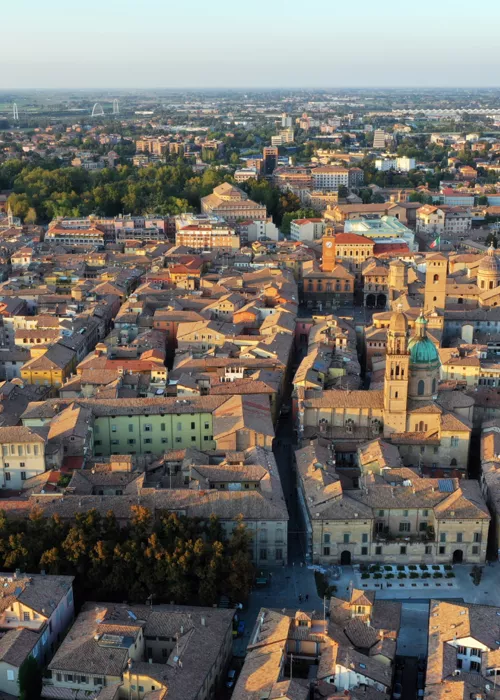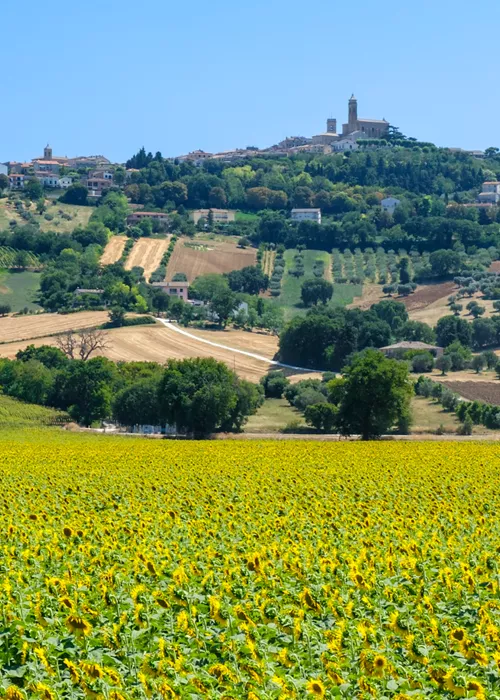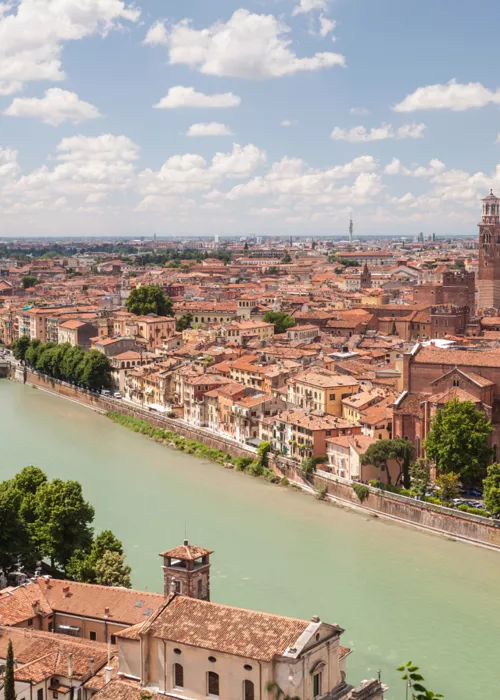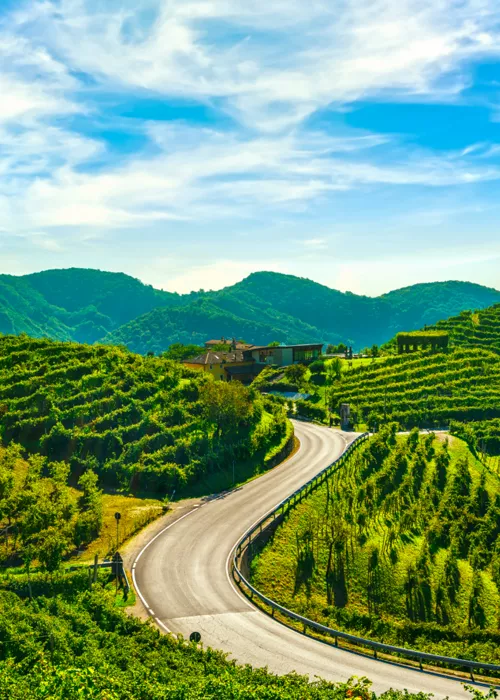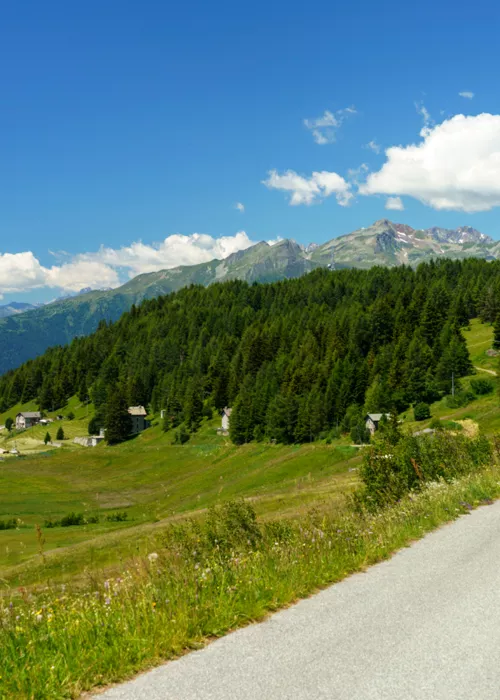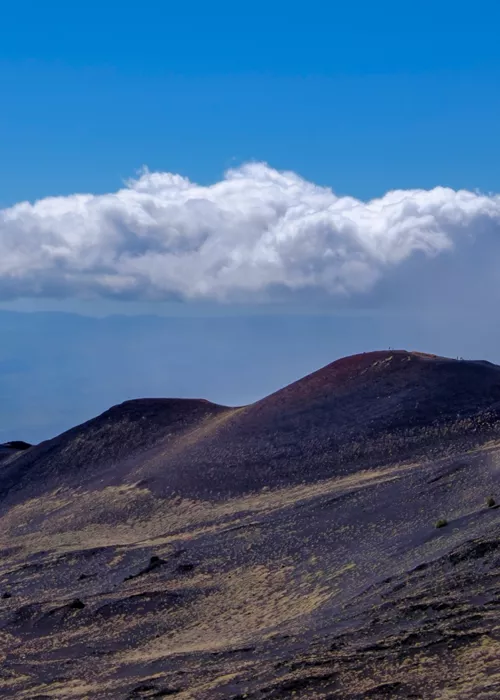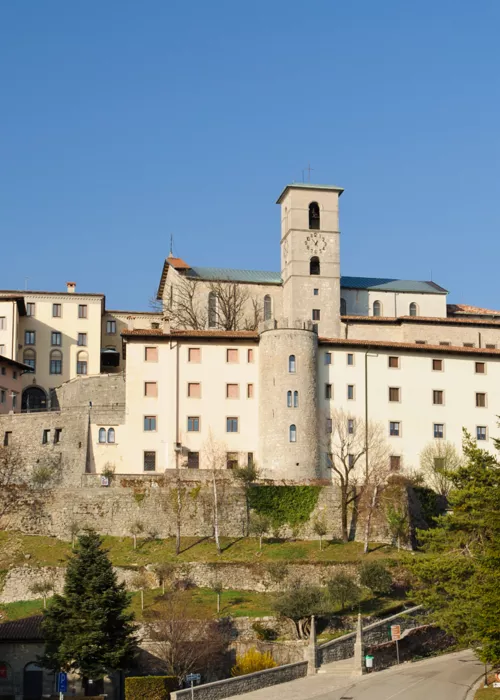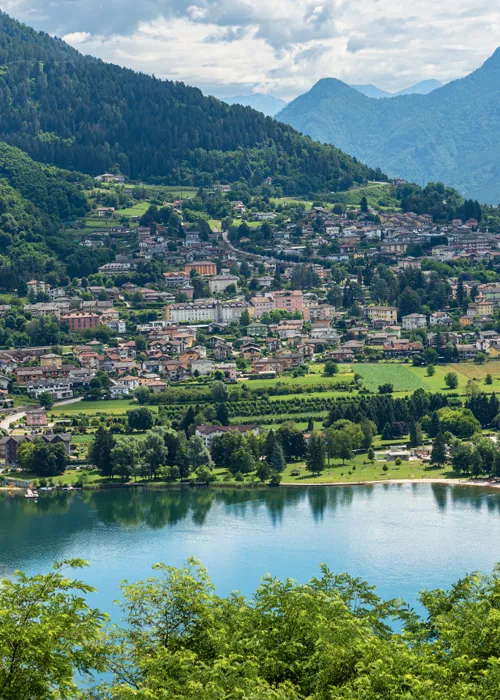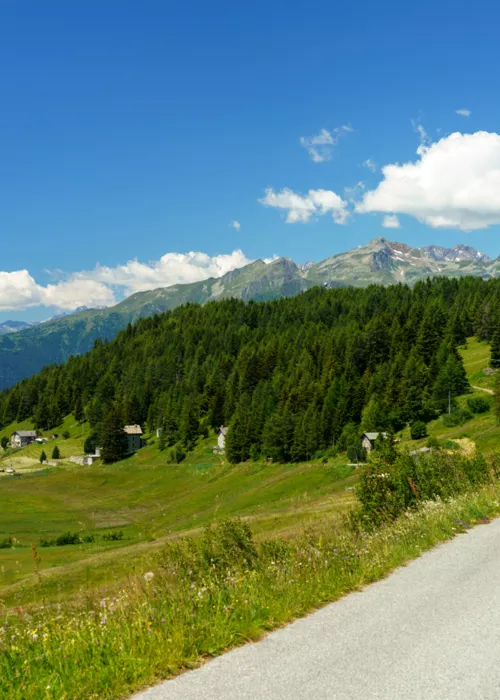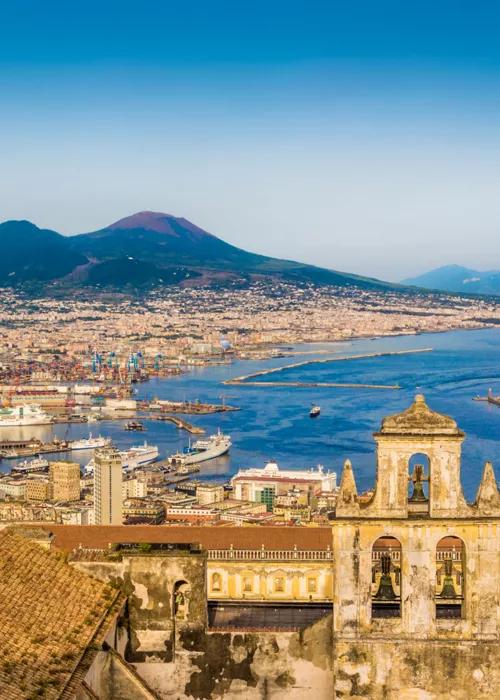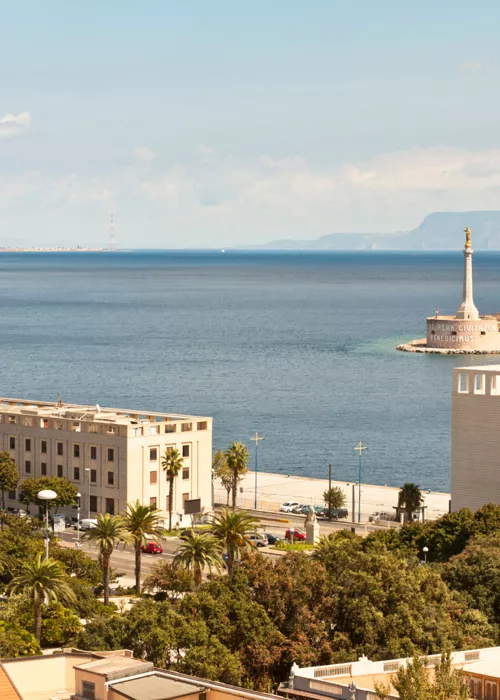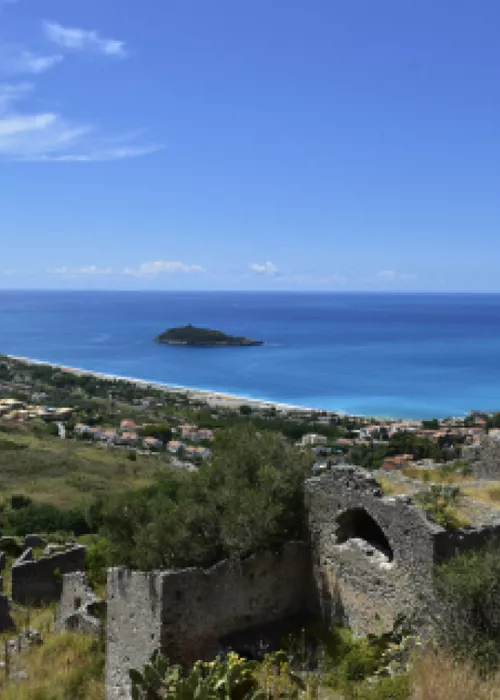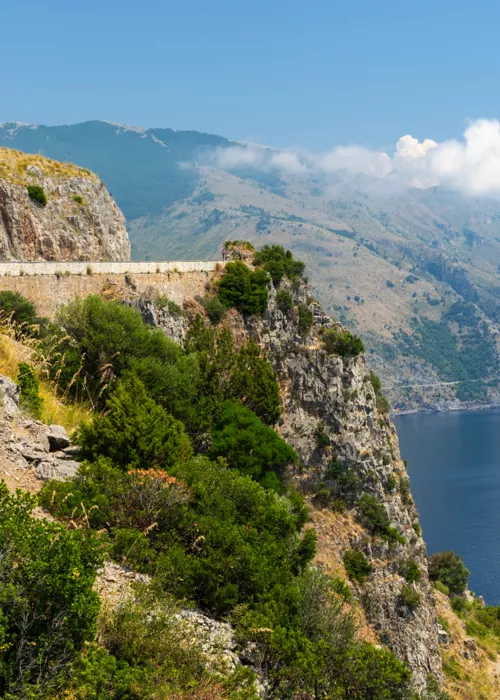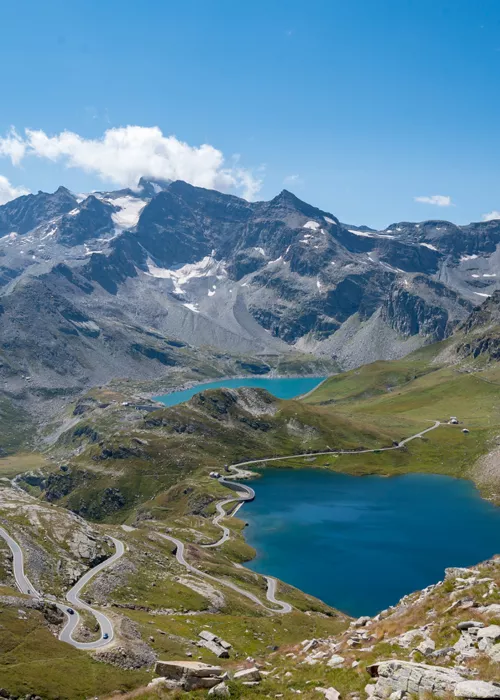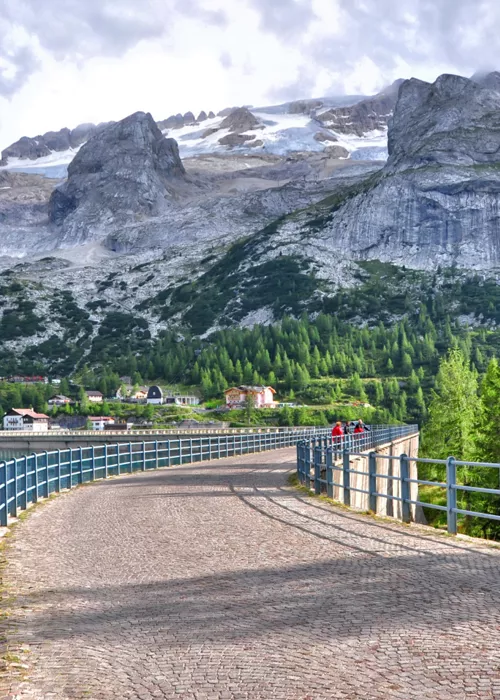In Parma, the sophisticated city

The Farnese family, dukes of Parma and Piacenza, would have been delighted with Parma’s appointment as Italian Capital of Culture in 2020+21. Because of them, who surrounded themselves with the greatest Renaissance artists, this city has always been a cradle of knowledge and elegance. You only need to spend a couple of hours in Piazza Duomo, perhaps before setting off on your cycling itinerary, to confirm this. The Cathedral of Santa Maria Assunta is one of the most important Romanesque buildings in northern Italy. The interior of the dome, with Correggio’s fresco depicting the Assumption of the Virgin, is a must-see Renaissance masterpiece. As is the nearby Baptistery, covered in pink Verona marble and embellished by the portals of the Virgin, Life and the Last Judgement. If time allows, follow two further tips. A trip to the Palazzo della Pilotta, the monumental complex that is the soul of the city’s culture, built on the square where Spanish soldiers once played pelota. And remember that you are in the home of good food: in the Parma province there’re 8 Food Museums dedicated to the typical products of the territory.
And say goodbye to this place with a meal based on prosciutto, cheese and fresh pasta dishes.
Into the authentic Ligurian inland

At this point the cycling itinerary starts to get serious. From Parma, the route begins to climb with moderate but constant gradients, encountering the unspoilt nature of the Val di Taro. Past Borgo Val di Taro and the small town of Bedonia, the route takes in the climb to the legendary Bocco Pass – an ascent of about 27 kilometres, reaching 8-9% gradient at points. The pass, at 957 metres above sea level, marks the border between Emilia Romagna and Liguria, offering splendid vistas. Now is the time for the long, testing yet wonderful descent into the Ligurian inland. It winds along narrow roads often bordered by stone walls and requires to be focused on the tarmac and ready to touch the brakes. The surrounding silence is a precious ally, at least as much as the breeze that rises gently from the sea. Once in Carasco, you climb the Val Fontanabuona, and then again up the Colletta di Boasi and the Valico di Trensasco, at 392 metres above sea level. In this section of the route, you only pass though small villages such as Colletta di Castelbianco or Cavassolo, each with its own stone bridge, cobbled streets and paths that run through the Mediterranean scrub like slender fingers. Choose the one that inspires you most, for a regenerating break from the ups and downs of the Maritime Alps.
In Genoa, the haughty city

Compared to the route of stage 12 of the Giro d’Italia 2022, which includes a stretch of motorway and passes over the futuristic San Giorgio bridge, we offer an easier and safer alternative. From the Trensasco Pass, descend towards the Bisagno stream and follow it as far as the Genoa Brignole railway station. Past the tracks, a right turn will take you into the historic centre of the Ligurian capital, with narrow streets, tall buildings and hidden courtyards. Genoa is worth at least a day off the saddle. Where to start? The Cathedral of San Lorenzo, with its Gothic façade to which a theatrical staircase was added in the 19th century. But don’t stop there. Inside the church is a replica of an unexploded bomb dropped by the British fleet in 1942, an ever-present anti-war warning. And in the Museum of the Treasury of San Lorenzo (also inside the Cathedral) is the Sacred Bowl, a green glass dish that for years was thought to be the Holy Grail. Finally, don’t leave without having ‘felt’ its beat in the middle of the waves of the port. The place to go, via a 600-metre walkway, is the Lanterna, the lighthouse built in the 16th century and the oldest in the world of those still working. Inside it, is a multimedia museum; outside, is a city that will charm you.

